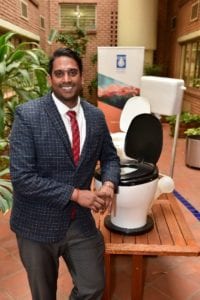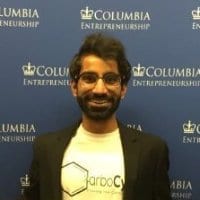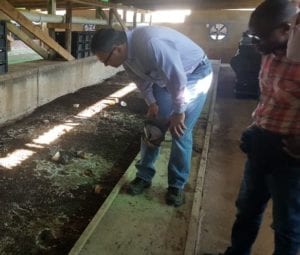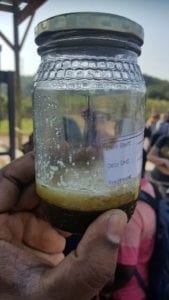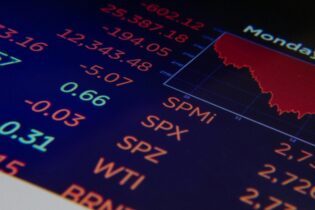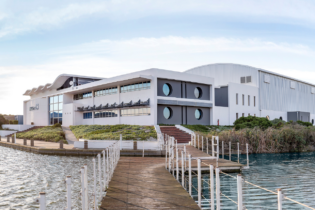First Question: Is there actually gold in toilet waste?
According to Paul Westerhoff and co-workers from Arizona State University, there is actually gold and other precious metal contained with human sewerage flushed down the toilet. In a study that that they conducted and published in the scientific publication Environmental Science & Technology (Volume 49, pages 9479-9488) in 2015, they estimated for a community of 1 million people, the metals contained in the sludge generated from the wastewater treatment process had a value of around US$13 million. Further, a model they used to determine the relative potential for economic value from the sludge showed that there are 13 lucrative elements, including silver, copper and gold, with an estimated value around US$280/ton of sludge. With this scientific study showed that there are actually precious metals contained in toilet-derived waste, there is some way before we re-orientate our engineering processes to extract these resources.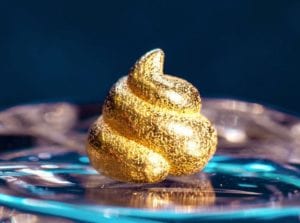 “Making Gold from Faecal Waste”: Changing our mindset: from wastewater to resource recovery facilities
“Making Gold from Faecal Waste”: Changing our mindset: from wastewater to resource recovery facilities
Back in August 2017, the author attended the 2nd International Resource Recovery Conference held at Columbia University, New York, U.S.A. The conference was held over 3-days aimed to showcase the latest developments in resource recovery from sewerage-derived and faecal sludge waste.
The conference was not only focused on technology; there was also a focus on the monetisation, financing and policy-making required to drive resource recovery in the form of energy and commercially valuable chemicals. What was telling about the conference was “waste” was not all used to describe their engineering systems; these systems were called resource recovery facilities and the resource recovered have monetary value – otherwise “gold contained in Faecal Waste”.
A new approach to harvesting valuable commodities from toilet waste
At the conference, a young engineer, named Dr. Shashwat Vajpeyi, is a co-founder and CEO of a biotech start-up, named Carbocycle, the technology of which was developed through his post-graduate research at the Chandran laboratory at Columbia University and with funding support from the Bill & Melinda Gates Foundation. In conventional wastewater treatment processes, sludge produced from the wastewater treatment process is often treated anaerobically – meaning in the absence of oxygen – through specialised micro-organisms which thrive when there is no oxygen. Through a cascade of reactions involving a consortia of micro-organisms, methane gas is ultimately produced.The methane produced from the anaerobic process can then be used to heating or could be converted into electrical energy. What Shashwat and his team have shown is that they do not have to convert all the carbon source in the waste to methane – they actually engineer their systems to produce organic acids and instead of taking this and further degrading ultimately into methane, they feed it to oil-producing yeasts.
The oils produced are similar in composition to common vegetables oils, including palm oil, which are used in many manufacturing processes, including cosmetics and soaps. This process is not only confined to wastewater processes; but other so-called “waste industries” that have a lot of organics contained within them. In doing so, Shashwat and his team aim to establish a new industry based on converting readily-available organic “wastes” into usable chemicals thereby creating new material supply chains within cities.

